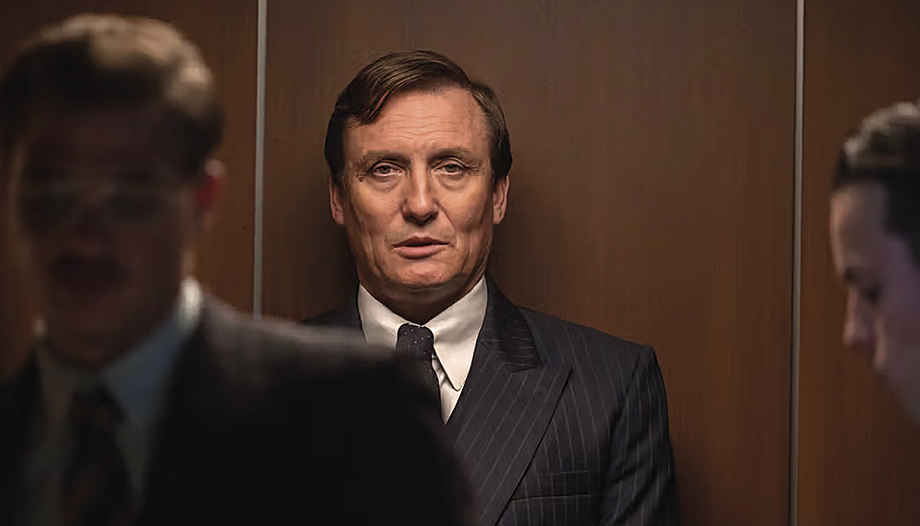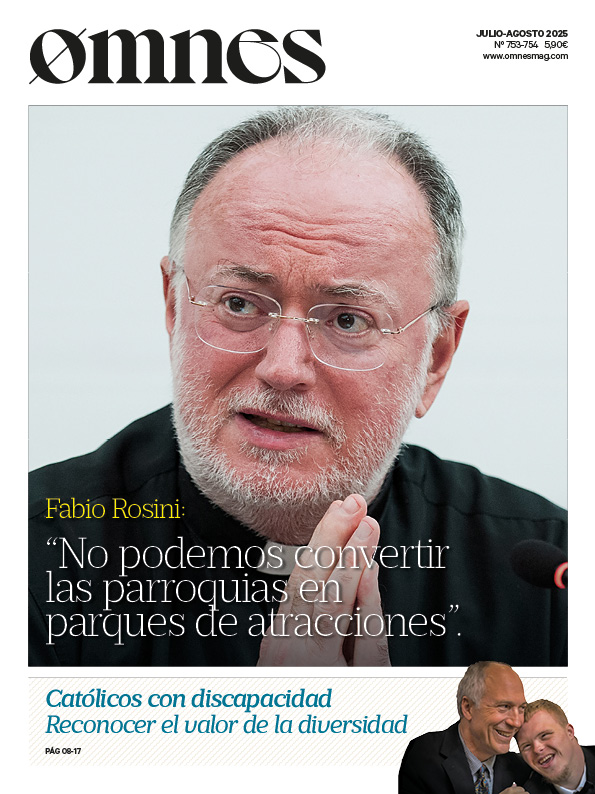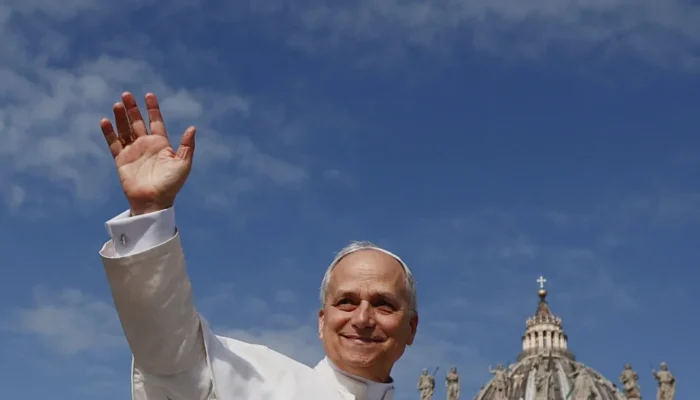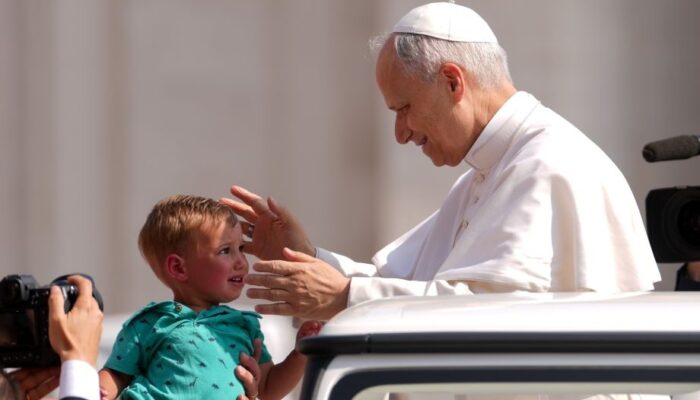Series
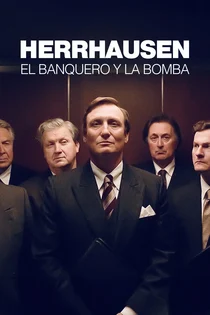
Herrhausen: the banker and the bomb - FilminAlfred Herrhausen, Chairman of the Board of Deutsche Bank, was murdered in November 1989. The perpetrators of the crime have never been identified, although it was attributed to the Red Army FactionHerrhausen, a far-left organization that, in the previous years, had assassinated other German businessmen. Herrhausen proved to be a key figure in the thawing of the Iron Curtain and the fall of the Berlin Wall. His economic policy was to write off the debts of developing countries and to promote greater social responsibility in banking, which was severely criticized by the capitalist sector. However, these measures attracted the attention of Gorbachev, who saw in Herrhausen a trustworthy person to alleviate the bankruptcy of the Soviet Union.
This five-episode miniseries frantically recounts the events that made Herrhausen a key figure in European history throughout 1989. In contrast to the well-known events that led to the fall of the Berlin Wall, the viewer witnesses the intra-history, the numerous apparently innocuous acts that gradually generated a climate conducive to Gorbachev and the West reaching an agreement that overcame the division. Herrhausen is portrayed as a charismatic character, a visionary, at odds with his board of directors and the Western political opposition.
Highly recognizable supporting characters such as German President Helmut Kohl, former CIA Secretary Henry Kissinger and Deutsche Bank executives continually parade across the screen. In addition, the Cold War atmosphere of espionage and mistrust is captured very well. It also reflects the motives behind Herrhausen's assassination. Although the bomb was detonated by a very small group, there are many who encouraged and celebrated this event. Thus, given the impossibility of knowing exactly who caused the explosion, the miniseries elaborates its answers, satisfactory and plausible. The characters are not meticulously developed, and there is hardly any respite for their dramatic evolution, as it seems that the accumulation of events is more important. However, the frenetic pace of 1989 is plausibly recreated.

